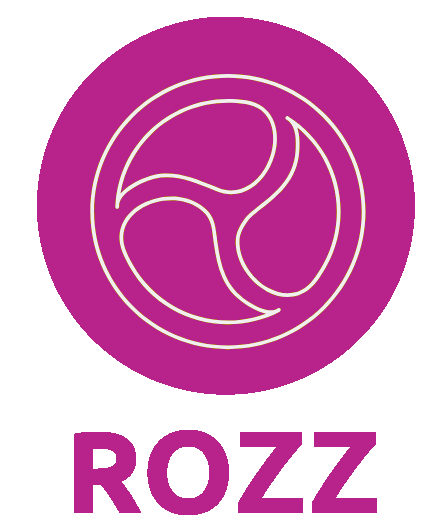AI is changing the web, so websites need to change

The Web is changing fast with AI, in several key ways:
- Google: users want more than keyword search returning links,
- Slop: users are flooded with AI-generated content unworthy of their time,
- Bots: websites are putting up barriers against content aggregator bots.
If done right, this new state of the web will bring on some very favorable changes for users. It’s a great opportunity to make the web more interesting and accessible to all users, without the intermediation of algorithmic platforms.
Google has exemplified how platforms can be clogged up by enshittification: the proliferation of ads and slop (AI-generated content) that cloud up what the user is looking for. Instead, curated websites that develop their own editorial practices, often run by small independent teams with high levels of expertise and dedication, have an opportunity to reclaim a role they’ve lost, if they are able to provide the right user experience.
Old school websites with content hidden behind hundreds of links, whether they’re organized in menus or listed as search results, will continue to shoo away users. That huge mashup of content was the bread and butter of Google – and is precisely what users are turning away from.
In the age of misinformation, users need to go back to the sources of their choice – not what the algorithm feeds them. This is true about content sourced from enshittified platforms and from social media, especially from platforms like X that have been turned into political megaphones for the far right.
Let me illustrate this with a few examples:
- don’t go to X to get information about public health, instead visit your county’s health and human services website. (I wouldn’t recommend federal government websites after January ’25.)
- don’t plan your next museum visit on Google, instead visit the museum’s website directly.
Users flocking back to websites is a boon for them if they know how to handle it. I’m not going to dive into benefits like higher advertising revenue. I’ll focus on the user experience that users will expect.
Websites contain a trove of valuable information that users want to access directly from the website. This supposes:
- Efficient Content Navigation: users find the information they need quickly without browsing through multiple pages or menus — not to mention reading through lists of half-baked search results.
- Dynamic Content Interaction: personalized, interactive conversations with users about what exactly they’re looking for, making sure they’re understood and helping them find what they want.
- Multi-Language Support: high quality websites should be accessible by anyone in the world regardless of their native tongue, and answer queries in any language, and in any form of language sophistication.
- Simplifying Information: decluttering information and providing targeted responses to reduce the cognitive load on users, making web content more digestible.
- Accessibility standards: website content and website search must be interpreted by screen readers for an audio version of the content.
That’s what we’re striving to achieve with Rozz. The integration of Rozz into a website transforms the user experience. It presents web content in a way that is tailored to individual preferences and requirements. Its ability to deliver concise, accurate information from a vast database of pages highlights its role not just as a feature but as an essential component of modern accessible web design.
